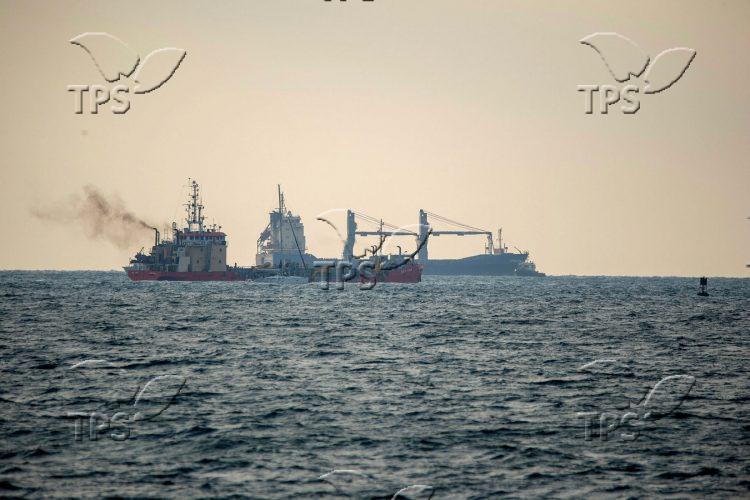Decoding Dolphins: Researchers Uncover Effects of Ship Noise on Sea Mammal Communication
Jerusalem, 26 March, 2024 (TPS) -- Israeli researchers uncovered compelling evidence of the impact of ship noise on dolphins, shedding new light on maritime traffic’s influence on marine mammal behavior and communication patterns, and noting implications for marine conservation efforts.
By harnessing artificial intelligence technology, researchers at Haifa University were able to conclusively demonstrate that dolphins alter their vocal behavior in response to ship noise, potentially disrupting vital communication channels and prompting behavioral adjustments to mitigate the disturbance. Their findings were recently published in the peer-reviewed Scientific Reports from Nature.
Maritime traffic poses multifaceted risks to marine ecosystems. However, the specific impacts on dolphin populations had remained largely anecdotal, lacking empirical scientific validation. The primary challenge lay in systematically discerning dolphin behavior amidst the cacophony of ship noise.
Lead researchers Professor Roi Diamant and Dr. Aviad Sheinin overcame that hurdle with an innovative methodology combining acoustic monitoring and AI-powered analysis.
The Haifa University team focused its investigations on the waters adjacent to the renowned “Dolphin Reef” in Eilat. Located at the top of the Gulf of Aqaba, the area is a habitat frequented by common dolphins (Tursiops truncatus).
By deploying state-of-the-art underwater recording devices, researchers captured an extensive dataset encompassing both dolphin whistles and vessel traffic sounds, totaling 120,000 recordings. One algorithm developed by the researchers identified approximately 60,0000 whistling sounds of dolphins when there was a ship in the area while a second algorithm identified approximately 60,000 whistles when there were no ships.
Initial analysis revealed challenges in identifying distinct vocalization patterns discernible to the human ear. However, AI-driven analysis found subtle alterations in dolphin whistles which correlated with ship noise exposure. The algorithm achieved a 90% accuracy rate in identifying dolphin vocalizations associated with ship noise, surpassing human observers in detecting nuanced behavioral shifts, the researchers said.
“This algorithm went over 20% of the whistles that were affected when there was a ship in the area of the dolphins and when we tested it on all the whistles, it was able to identify at a level of 90% the cases where the whistle was played when there was a ship in the area. This means that the AI was able to distinguish a certain pattern that the dolphins make when there is a ship noise in the area, even if the human researchers were unable to find one,” said Diamant.
The problem with the algorithm, Diamant noted, is that “It is a kind of ‘black box’ that we don’t know what is going on in it. We don’t know yet what unique pattern the machine noticed, but it definitely noticed a pattern.”
He added, “That is, the dolphins communicate in a different way and change their vocal behavior when they encounter the noise of a ship, and therefore they are definitely affected by the noise of the ships. Past studies have already shown that a change in vocal behavior can be related to stress and distress, and in the follow-up studies we will try to examine what that effect is.”






